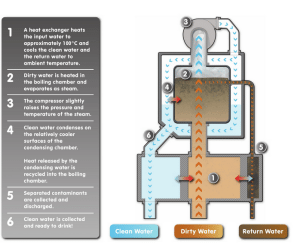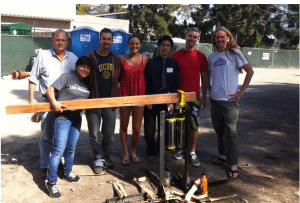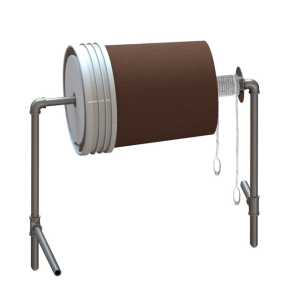In 2012, we saw low-tech robots, high-tech toilets, computer games that diagnose malaria and a hacksaw made from rebar. It was a year of creativity and these are some of the high-potential prototypes and promising projects that we covered.
Slingshot water purifier
Dean Kamen, the inventor and founder of FIRST Robotics Competition, has built a powerful water purifier for use in developing countries. And he has enticed Coca Cola to distribute it. The Slingshot purifier treats river water, saltwater and even mud or raw sewage. It is a vapor compression distiller that produces 10 gallons of water per hour while running on only one kilowatt of electricity.
 Pesticide-removing biochar water filter
Pesticide-removing biochar water filter
New research shows that biochar produced in a simplified gasifier strips agrochemicals from water. Putting his research to use, Josh Kearns, science director at Aqueous Solutions, is building a water treatment system that includes 35 cubic feet of char.
 RTI’s high-tech toilet
RTI’s high-tech toilet
The Bill and Melinda Gates Foundation continued to invest heavily in new toilet technology in 2012. The four winners of its second round of the Reinvent the Toilet challenge won a combined sum of more than $3 million in grants to develop their designs. RTI International in North Carolina won $1.3 million to improve its system that converts waste into fuel briquettes that it burns for storable energy. It also churns out treated, but non-potable, water.
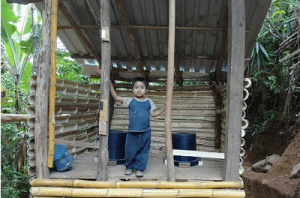 Toilets for People’s low-tech toilet
Toilets for People’s low-tech toilet
On the other side of the technology spectrum, Jason Kass, who founded Toilets for People, has developed a low-tech spinoff of the composting toilet. Kass argues that simple designs like his, and like those favored by SOIL in Haiti, are the right response to the world’s sanitation problem.
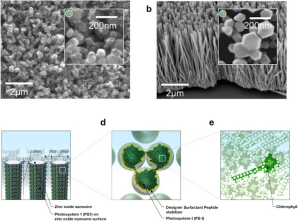 Biosolar made accessible
Biosolar made accessible
A future of solar panels made from agricultural waste is underway in labs worldwide. Within the next decade, people in off-grid villages may be able to make their own solar panels from cheap materials mixed with yard clippings or agricultural waste, MIT researchers say. Thanks to their advances in the field, biophotovoltaics are now accessible to the average lab anywhere in the world.
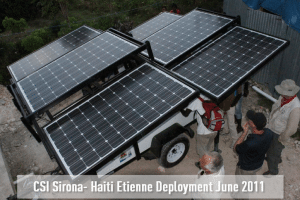 Sunblazer solar-power generating trailers
Sunblazer solar-power generating trailers
Trailers decked with solar panels generate electricity for 4000 people in Haiti today, and they could reach as many as seven million homes by the year 2020. The IEEE Community Solutions Initiatives group’s plan is ambitious, but they think it could work if they find the right mix of charitable donations and entrepreneurial spirit in the countries where they operate.
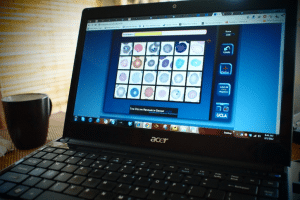 Biogames’ malaria-diagnosing video game
Biogames’ malaria-diagnosing video game
Malaria may be meeting its match in online puzzle addicts. Aydogan Ozcan and Sam Mavandadi at the University of California, Los Angeles, created a kind of picture-hunt game to crowdsource the work of spotting plasmodium parasites in red blood cells.
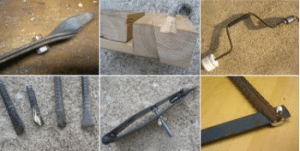 Handmade tool set
Handmade tool set
There is nothing high-tech or even new about these designs for homemade hand tools, but we’re placing them here because they found a home together on the same page online for the first time. Thanks to a collaboration with their maker, Larry Bentley, we created a pictorial how-to guide at Instructables.com. The hope is that these designs will make it to the places where tools are scarce. How to make a village tool set Make your own low-cost pliers, drill, bits, hack saw and vices.
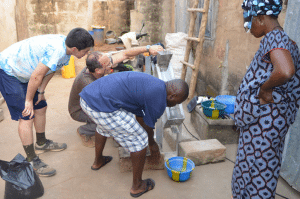 Mechanical baobab grinder
Mechanical baobab grinder
Working with an agricultural cooperative in Benin, Penn State students developed a grinder to process the baobab fruit.
Sorghum press
A newly designed sorghum press is under construction in Mali A team from Engineers Without Borders at the University of California, Santa Barbara, has developed a low-cost human-powered sorghum press made from materials found in Mali, where it is used. The machine is processing sorghum and adding value to the harvest in a farming community there.
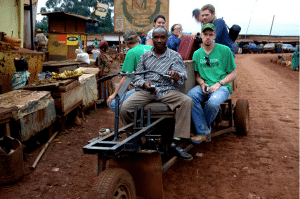 Basic Utility Vehicle farm truck
Basic Utility Vehicle farm truck
This three-wheeled flatbed truck is undergoing upgrades at the request of its users in Cameroon. Now in its third prototype, the truck meets specifications that farmers and other drivers in Cameroon have laid out for Engineering students at Purdue University. Future improvements could include attachments that convert the vehicle into other machines such as a water pump or an agricultural food processor.
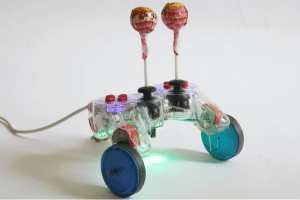 $10 robot kit for students
$10 robot kit for students
This cute Suckerbot is one of the winners of the African Robotics Network’s $10 robot challenge. Most of the 28 entries from around the world hit the price target or somewhere near it. Access to robotics kits is no longer the sole privilege of students in well-off schools. You can now make robots using off-the-shelf parts for just a few dollars.
 Solar long-distance WiFi and computer centers for remote island schools
Solar long-distance WiFi and computer centers for remote island schools
Island-hopping long-distance WiFi is linking remote schools in Micronesia to the Internet. The students go online using laptops that also get their power from the sun.
Foot-powered washing machine: From sketch to product
Two inventors gave us a glimpse at their prototyping process. We like this visual journey from out-of-box ideas that didn’t work to a useful, foot-powered washing machine that hits many of the design principles for resource-poor settings. Its cost is low and its parts are easy to find in most places.

